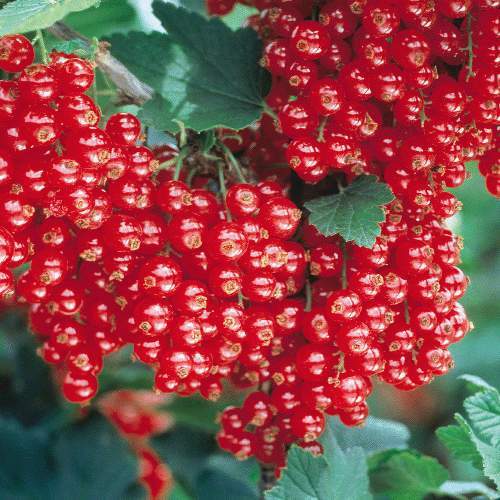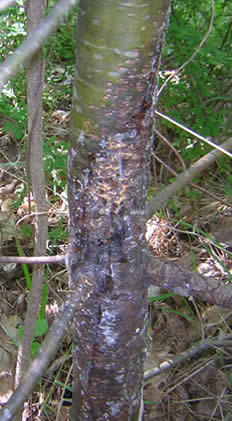A group of Maine gardeners is trying to create a movement to make it legal to grow currants and similar fruits in Maine.
Lisa Fernandes of Cape Elizabeth, who leads the Portland Permaculture Meetup, is coordinating the effort to get an old Maine law banning Ribes plants repealed. The law was enacted decades ago in an effort to control white pine blister rust, a plant disease that requires both pines and Ribes plants to persist.
“The new governor has said he wants to get rid of unnecessary legislation,” Fernandes said. “We have had a couple of fans of currants and gooseberries submit this idea to the new governor, who has his suggestion (Web) page on eliminating unnecessary laws.”
Rep. Joan M. Nass, R-Acton, has agreed to introduce legislation that would repeal the Ribes ban.
Fernandes said that there once was a federal ban on growing Ribes, and that was repealed. And almost all states have repealed their Ribes bans as well.
Currant juice is being touted for its health benefits, currant and gooseberry jam are very popular, and New York state has a health industry growing currants.
So growing currants would seem to make sense.
But not everyone is going to agree that the Ribes ban is unnecessary.
“We have had people come to us,” said Ann Gibbs, state horticulturist, “and we explain to them what the regulation is, and if they want, they can request a change, which it is anyone’s prerogative to do. And it has been done.
“But what happens,” she said, “is that the forest industry comes out in force and stomps any proposal.”
Bill Ostrofsky, a plant pathologist with the Maine Forest Service, agreed that the Forest Service would be opposed to a change.
“The Maine Service would want to continue the ban,” Ostrofsky said, “because the value of the white pine resource is much larger than the value of growing backyard currants.”
He said blister rust can kill white pines, especially seedling trees up to 4 to 6 inches in diameter and the tops of larger trees.
But Russell Libby, executive director of the Maine Organic Farmers and Gardeners Association, would like to see the Ribes ban lifted not only because he would like to grow currants, but because the ban isn’t effective.
“Without naming names,” Libby said, “I know people who are growing these crops near pine trees and not having disease issues. Some of them are aware of the ban, and some are not. But very few currants out there cause problems with blister rust. And there are other co-hosts for blister rust than currants.”
In addition, Fernandes said, she and people she works with report seeing currants growing wild in the woods all over Maine.
Ostrofsky agrees that some currants would cause few, if any, problems.
“Maine has about 20 different species of native Ribes,” he said, “and for the most part, they are inefficient carriers of white pine blister rust. The big problem came when settlers started to bring European black currant, which is originally from Asia although it grows in Europe, to this area. That particular strain of black currant is extremely efficient in transmitting the disease and producing the spores that infect the pines.”
Black currants are banned in all of Maine, while other currants are banned only in the southern two-thirds of the state.
Libby and Fernandes say that hybrids of black currants have been produced that do not serve as co-hosts for the blister rust.
Ostrofsky fears, however, that as birds spread seeds from the hybrids, the sprouts from those seeds will revert to the original parent and be an effective carrier.
Nass owns a farm on the Maine-New Hampshire border and is a fan of currants and gooseberries. She said that when she bought the farm 36 years ago, she had to remove a patch of gooseberries because they were in the way.
“I grew up in upstate New York picking currants and making wonderful jelly,” she said. “I certainly think that this is an opportunity for Maine farmers.”
Fernandes is promoting the repeal at the website: http://tinyurl.com/Ribesrepeal.
Tom Atwell can be contaced at 791-6362 or at
tatwell@pressherald.com
Send questions/comments to the editors.



